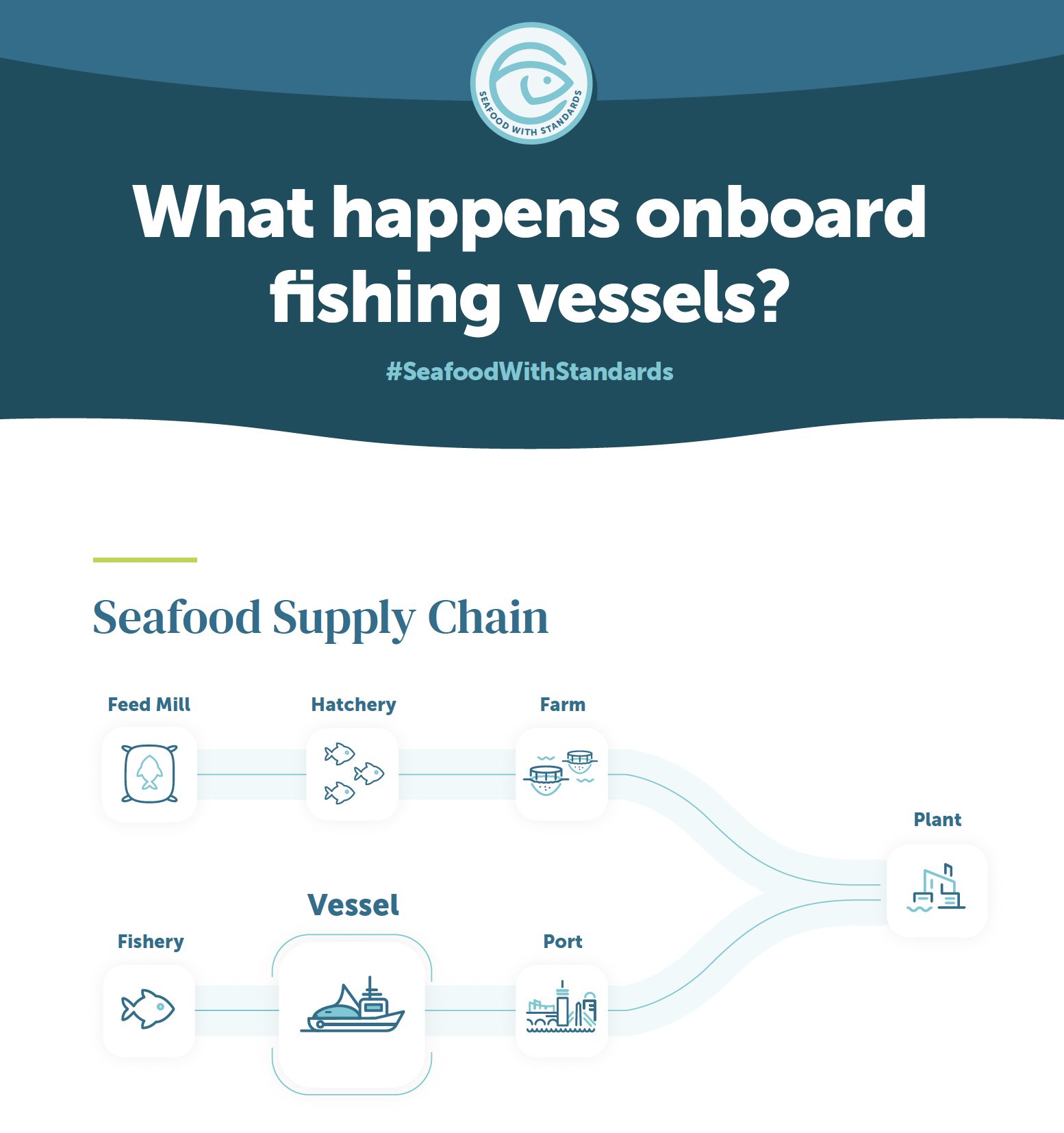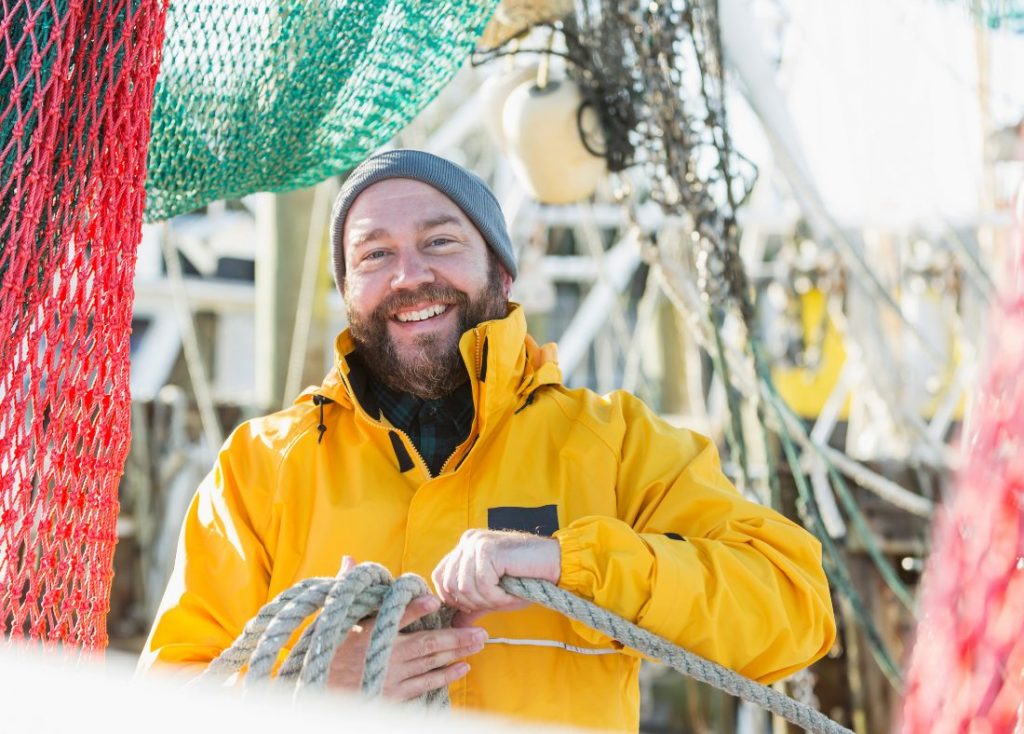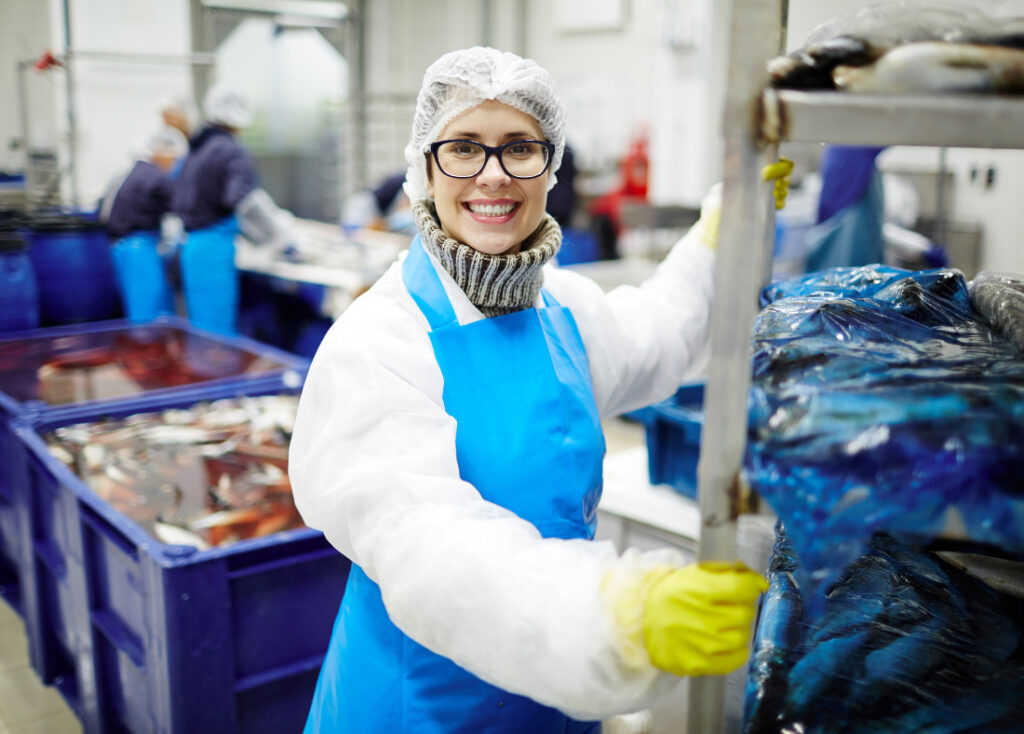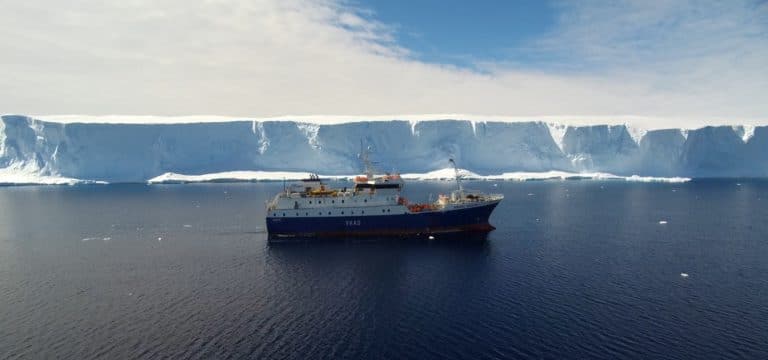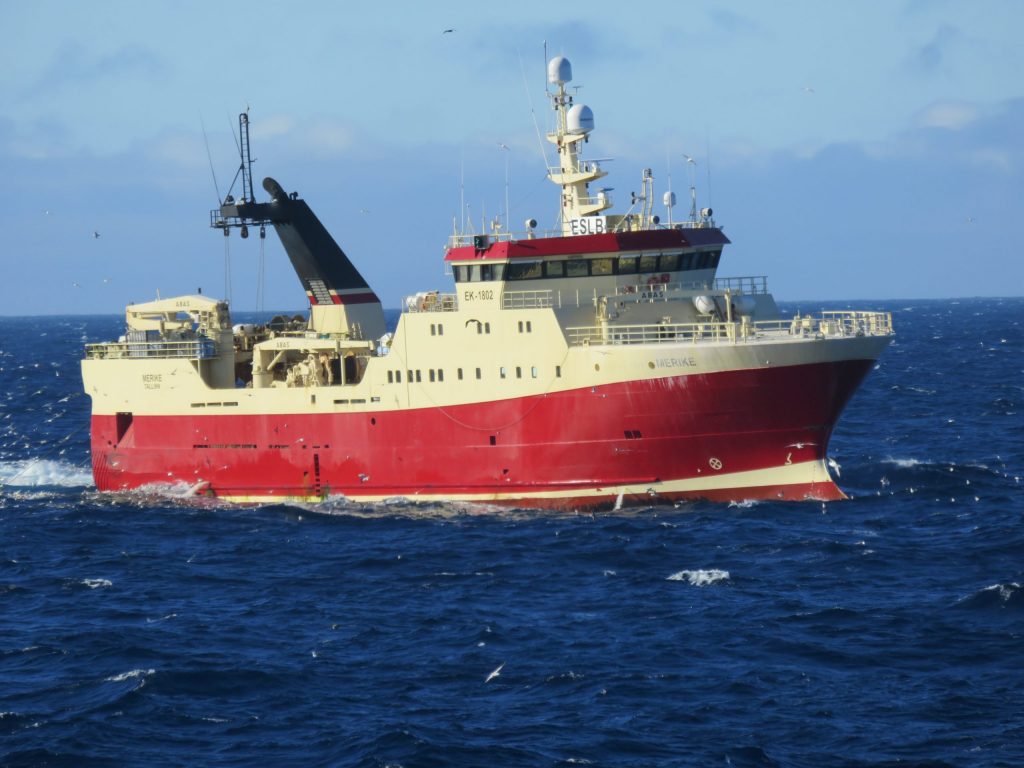What happens on board fishing vessels?
 Note: Each step in the seafood production chain has its own importance, but they work together to create the best quality products for consumers. In the #SeafoodWithStandards campaign throughout 2022, we will be highlighting each stop along the production chain to pull back the curtain and explain what happens there. The next stop is fishing vessels, which connect fisheries to seafood processing plants.
Note: Each step in the seafood production chain has its own importance, but they work together to create the best quality products for consumers. In the #SeafoodWithStandards campaign throughout 2022, we will be highlighting each stop along the production chain to pull back the curtain and explain what happens there. The next stop is fishing vessels, which connect fisheries to seafood processing plants.
What is a fishing vessel?
Fishing vessels are boats or ships that are used to catch underwater species in bodies of water. The type of vessel can vary greatly depending on what species the fisher(s) onboard are seeking to catch, as well as how much they are hoping to catch, and how far they are going/what type of water body they are in. Broadly speaking, there are three types of vessels: commercial, artisanal, and recreational.
As of the most recent data from the Food and Agriculture Organization (FAO) in their State of World Fisheries and Aquaculture 2020 report, it is estimated that there are 4.56 million fishing vessels in the world (as of 2018), with 38.98 million people employed in fisheries.
What happens onboard fishing vessels?
Fishing vessels can range from a one-person boat with a fishing rod out fishing for a few hours, to floating cities with thousands of crew members out on the ocean for months at a time. As there is such variety, each vessel has a different process, but there are a few linkages between most vessels.
 Steps of production onboard fishing vessels, as outlined by Oregon State University:
Steps of production onboard fishing vessels, as outlined by Oregon State University:
- Preparing the deck/vessel
- Fishing, trawling, etc. – Learn more about the different methods of catching seafood.
- Landing
- Stunning
- Washing and freezing
- Bonus: processing
- Unloading
- Buying station
Employee/crew health conditions, cleaning and disinfection, fish handling should be minimized, HAACP
Why are fishing vessels important?
Fishing vessels catch about 50% of the world’s seafood supply – and seafood is the primary source of protein for millions of people worldwide. Without fishing vessels, we would not be able to catch species that live further offshore from coastal areas. Cleaning and disinfection must be prioritized at every level of vessels, and fish handling should be minimized as much as possible. Furthermore, many larger fishing vessels are armed with the technology to freeze seafood right when it is caught, keeping it as fresh as possible for the eventual consumer.
In addition to their contributions to the global seafood supply chain, fishing vessels offer employment opportunities. With that comes necessary support for those workers.

For larger vessels that employ more people, employee and crew health conditions should be of the utmost importance. Some vessels can be out at sea for weeks or even months at a time. When employees work, eat, sleep and live onboard the vessel, care needs to be taken in prioritizing their needs.
In the past, there have been incidences of unacceptable working conditions onboard some vessels, with reports of slavery and bondage on ships that are out at sea for months at a time. With this history, Global Seafood Alliance has taken over the Responsible Fishing Vessel Standard (RFVS) which seeks to prevent these terrible circumstances. The RFVS works to ensure that when boats are at sea, they are operating humanely and ethically for everyone onboard.
GSA’s Responsible Fishing Vessel Standard
Global Seafood Alliance’s Best Seafood Practices (BSP) program provides assurances to the marketplace that wild seafood has been harvested and processed in an ethical manner with respect for the wellbeing and security of all workers across the supply chain.
The Responsible Fishing Vessel Standard (RFVS) is a voluntary program certifying high standards of operational practices that relate to crew safety and welfare on board commercial fishing vessels. The RFVS is an assurance tool that enables fishing operations to showcase industry-agreed best practice from the catch to the shore through independent, third-party auditing.
The four pillars of responsible seafood are the foundation of GSA’s certification programs. The pillars guide GSA’s work and keep it moving forward sustainably. The RFVS primarily addresses the pillar of social accountability.
How does the Responsible Fishing Vessel Standard address social accountability?
The millions of workers aboard fishing vessels deserve a safe and fair work environment. The RFVS promotes a culture of respect, safety and integrity to demonstrate that all crew members are provided with decent working conditions and fair remuneration for their work. The RFVS also ensures that crew members are made aware of their rights and treated with respect and integrity by the vessel owner and skipper(s). Social accountability requirements in the RFVS include:
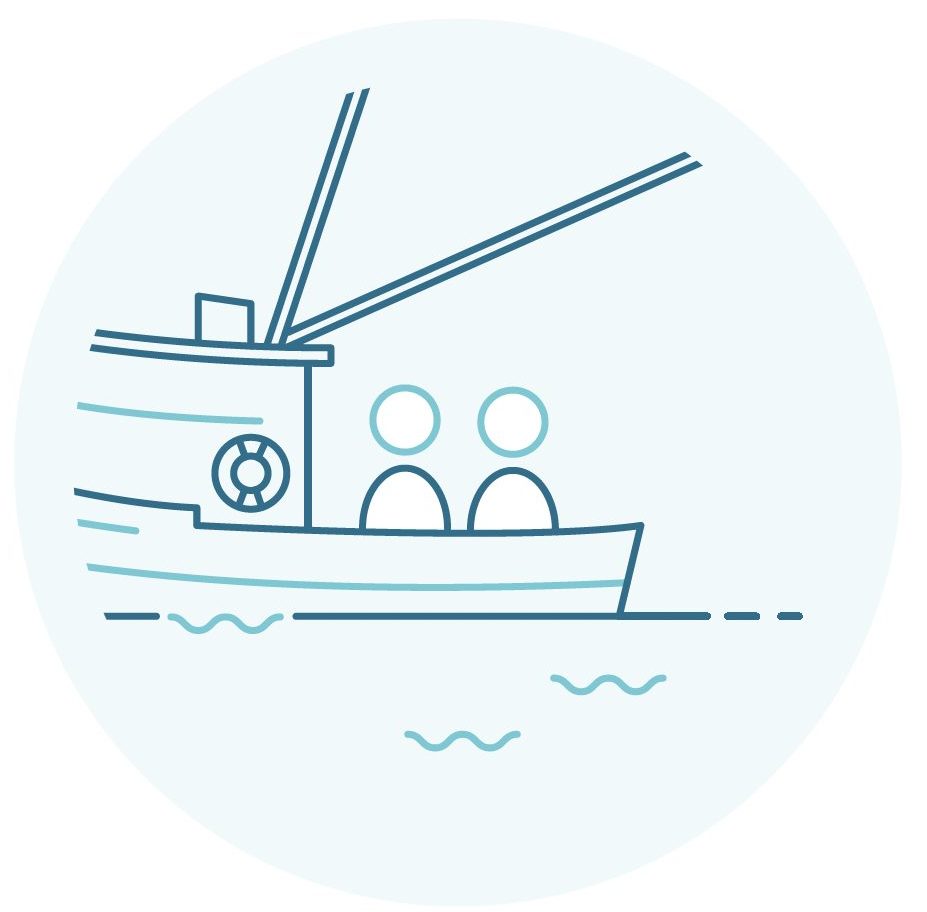 Overarching management policies, procedures and systems in place to demonstrate compliance with international standards and conventions
Overarching management policies, procedures and systems in place to demonstrate compliance with international standards and conventions - Annual health and safety risk assessments that cover all aspects of on shore and at sea fishing operations
- Essential crew safety training, accident and incident recording requirements and an accident prevention plan
- Medical certification requirements to ensure every crew member is fit to perform their duties
- Holding accurate and up-to-date crew and training records
- Management systems in place to document and trace the vessel’s catch
- Appropriate medical equipment and medicine exists on board for number of crew and length of trip
- Dedicated safety equipment is always accessible, operational and correctly maintained/serviced by vessel owner
- Crew living conditions and accommodations provide protection in the event of a collision or fire
- Crew has a place to relax and rest which is ventilated, insulated and separated from work areas
- Sanitation and washing areas are maintained in a clean and operational condition
- Crew has access to a confidential communication link, mitigating the risk of isolation
 What about the remaining three pillars of responsible seafood? How does the Responsible Fishing Vessel Standard address those?
What about the remaining three pillars of responsible seafood? How does the Responsible Fishing Vessel Standard address those?
Though the RFVS focuses on social accountability, it does have requirements that crossover to two of the pillars of responsible seafood – environmental responsibility and food safety. The animal health and welfare pillar does not apply to RFVS.
Environmental Responsibility
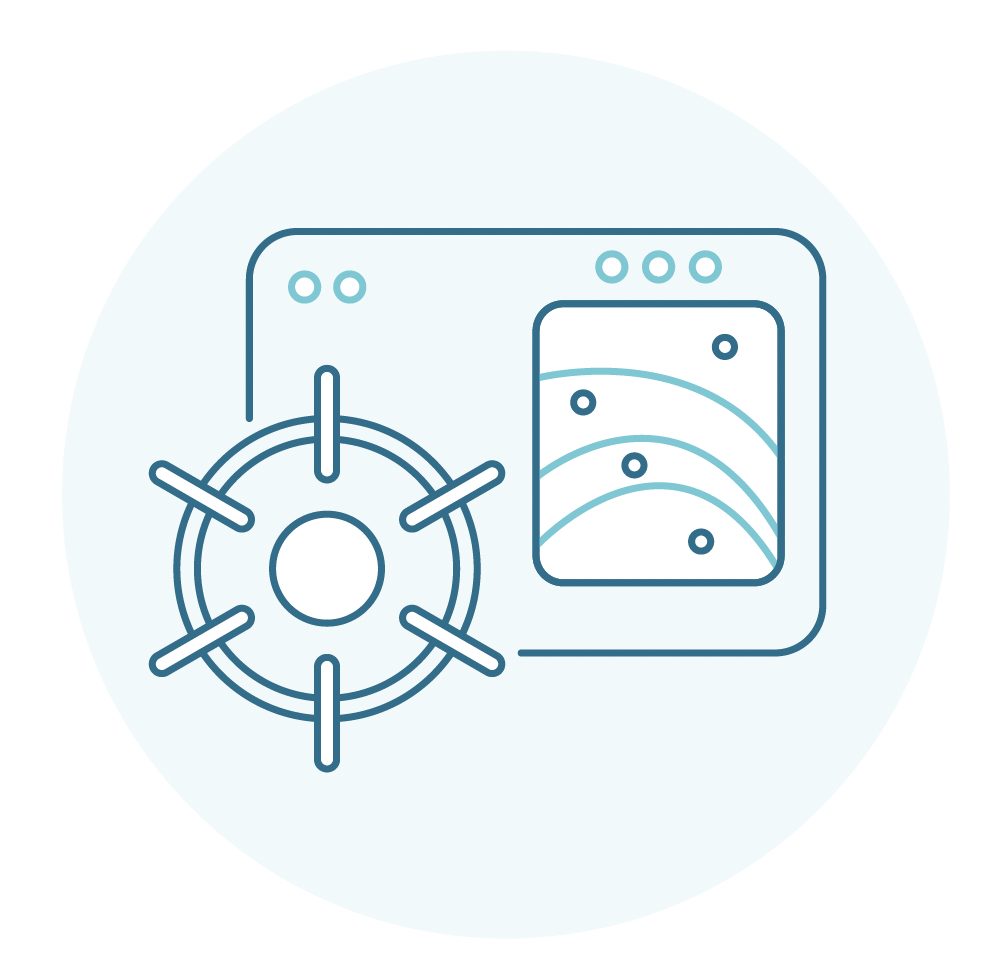 The vessel’s management systems and operational practices must cover how its practices are monitored, assessed and controlled in order to reduce its impact on the environment and non-target species. Environmental responsibility requirements in the RFVS include:
The vessel’s management systems and operational practices must cover how its practices are monitored, assessed and controlled in order to reduce its impact on the environment and non-target species. Environmental responsibility requirements in the RFVS include:
- Adhering to waste disposal standards and controlling pollution
- Protection and release of captured species classified as endangered, threatened or protected (ETP)
- Documented environmental training for all crew members
Food Safety
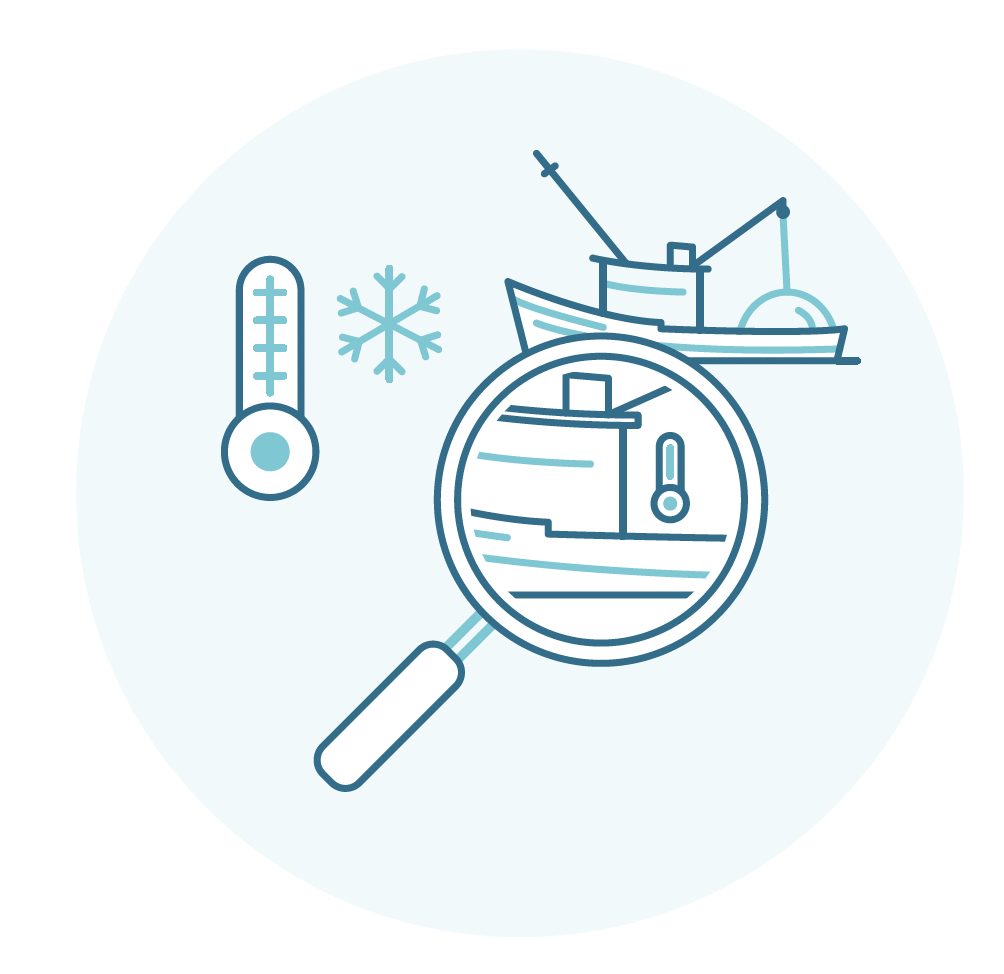 It is necessary for operators of vessels to have systems and controls in place to minimize the risk of contamination of catch by pathogens, spoilage organisms, foreign bodies, chemicals or allergens. Catch safety and food hygiene requirements in the Responsible Fishing Vessel Standard include:
It is necessary for operators of vessels to have systems and controls in place to minimize the risk of contamination of catch by pathogens, spoilage organisms, foreign bodies, chemicals or allergens. Catch safety and food hygiene requirements in the Responsible Fishing Vessel Standard include:
- Cleaning and disinfecting procedures in place for all areas used for catch processing or storage
- Structural condition of the vessel is assessed annually to identify areas that could pose a physical, chemical or biological contamination risk to the catch
View the full What happens onboard fishing vessels? infographic.

